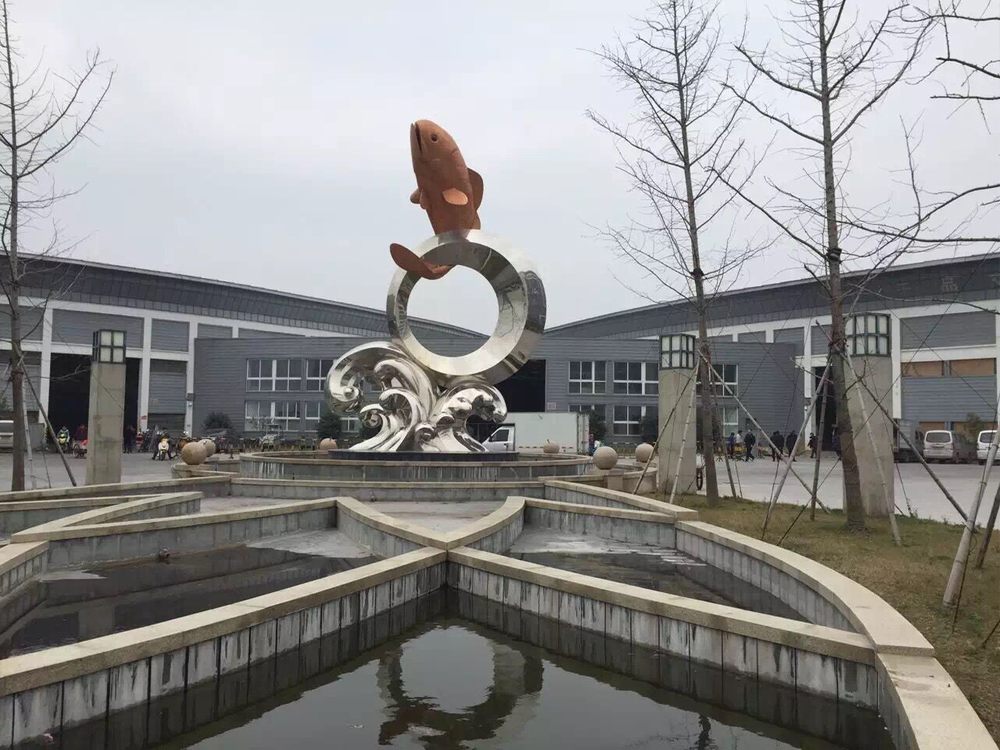
Bronze sculptures have long been admired for their durability and aesthetic appeal, but how do they fare in environments with high industrial pollution? The answer lies in the unique properties of bronze, an alloy primarily composed of copper and tin, which offers remarkable corrosion resistance.
In polluted industrial areas, bronze sculptures develop a protective layer called patina over time. This natural oxidation process is accelerated by pollutants like sulfur dioxide and nitrogen oxides, forming a greenish-blue or brownish surface coating. While some may view this as deterioration, the patina actually shields the underlying metal from further damage, acting as a barrier against harsh environmental elements.
However, excessive pollution can lead to uneven patina formation or accelerated corrosion in certain cases. Acid rain, a common byproduct of industrial activity, can etch the surface and compromise the sculpture's integrity if left unchecked. Regular maintenance, including gentle cleaning and protective wax coatings, helps preserve these artworks in such challenging conditions.
Interestingly, many artists and conservators appreciate the evolving appearance of bronze in polluted environments, as the patina adds character and tells a story of the sculpture's interaction with its surroundings. Modern bronze alloys with additional protective elements are also being developed to enhance resilience in heavily polluted urban areas.
Ultimately, bronze sculptures demonstrate remarkable adaptability to industrial pollution, combining natural protective mechanisms with human conservation efforts to ensure their longevity as cultural artifacts. Their ability to transform pollution into protective beauty makes them uniquely suited for urban environments.

